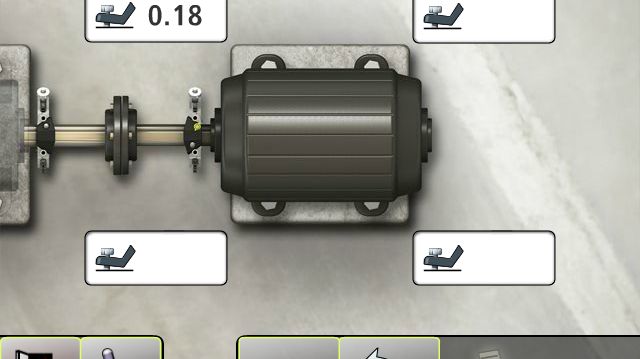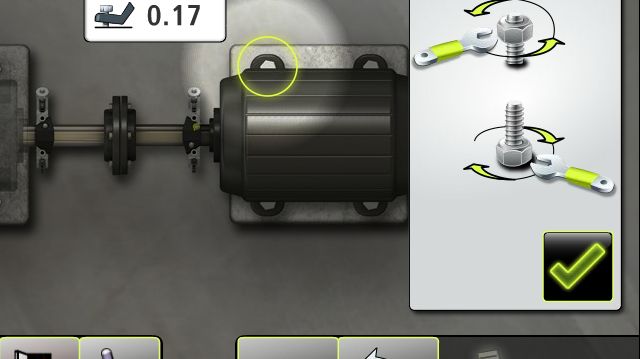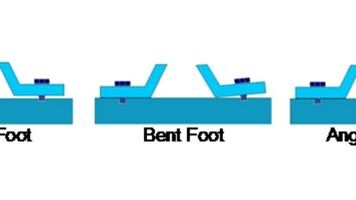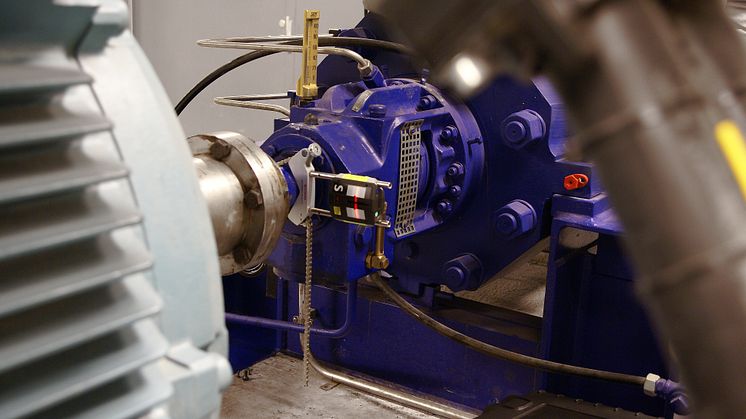
Blogginlägg -
The Soft Foot Primer (Part 2) Vibration and Alignment Problems Related to Soft Foot

Most industrial maintenance mechanics who are involved with precision shaft alignment are familiar with the phenomenon of soft foot. From an alignment standpoint, soft foot causes:
- Changes in alignment values, between when the hold down bolts are loose, and when they are tight.
- Non-repeatability in alignment measurements, especially if the bolts are not tightened in the same order and manner each time.
These combine to cause distrust of the alignment tool, frustration in the alignment process, and complex “work arounds” to control variables.
What is not as well known are the vibration problems related to soft foot. Depending on the amount and type of soft foot, these vibration problems can occur:
- Shaft Misalignment – due to unintended movement during the bolt tightening process. If (1) the amount of soft foot is small, (2) the coupling is quite flexible, or (3) the running speed is slow, the remaining misalignment may cause little to no vibration problems. But long-term problems caused by misalignment may still arise, such as:
- Excessive radial loading of bearings
- Premature coupling element wear
- Premature mechanical or oil seal wear
- Improper gear tooth clearance (due to shaft deflection, caused by misalignment)
If the soft foot is excessive, the coupling is inherently stiff, or the speed is fast, these problems may occur more quickly. This vibration is typically at 1x, 2x, and/or 3x running speed.
- Bearing Misalignment – If the soft foot in a motor is excessive, misalignment of the motor bearings can occur. This happens due to stator distortion, or “twisting” of the motor frame because of the soft foot. This distortion misaligns the end bells of the motor, and increases radial and axial loading of the bearings. Overheating is common.
- Eccentric Stator – if the motor frame is distorted, it can cause the stator to deform eccentrically, or to position the rotor eccentrically. This will typically cause electrically-related vibration at 2x line frequency (120 Hz in the US), because the rotor is not situated in the center of the stator’s magnetic field.
- Broken Feet, Broken Hold Down Bolts, or Loosening Shims – Excessive forces on the feet due to a soft foot condition can crack or break motor feet, or stretch bolts until they weaken or shear. Another common problem is shims which appear to “walk out” from under motor feet. This is usually thought to be because the bolt was not tightened, but is caused by the foot flexing, which tends to work the shim(s) out from underneath the foot.





